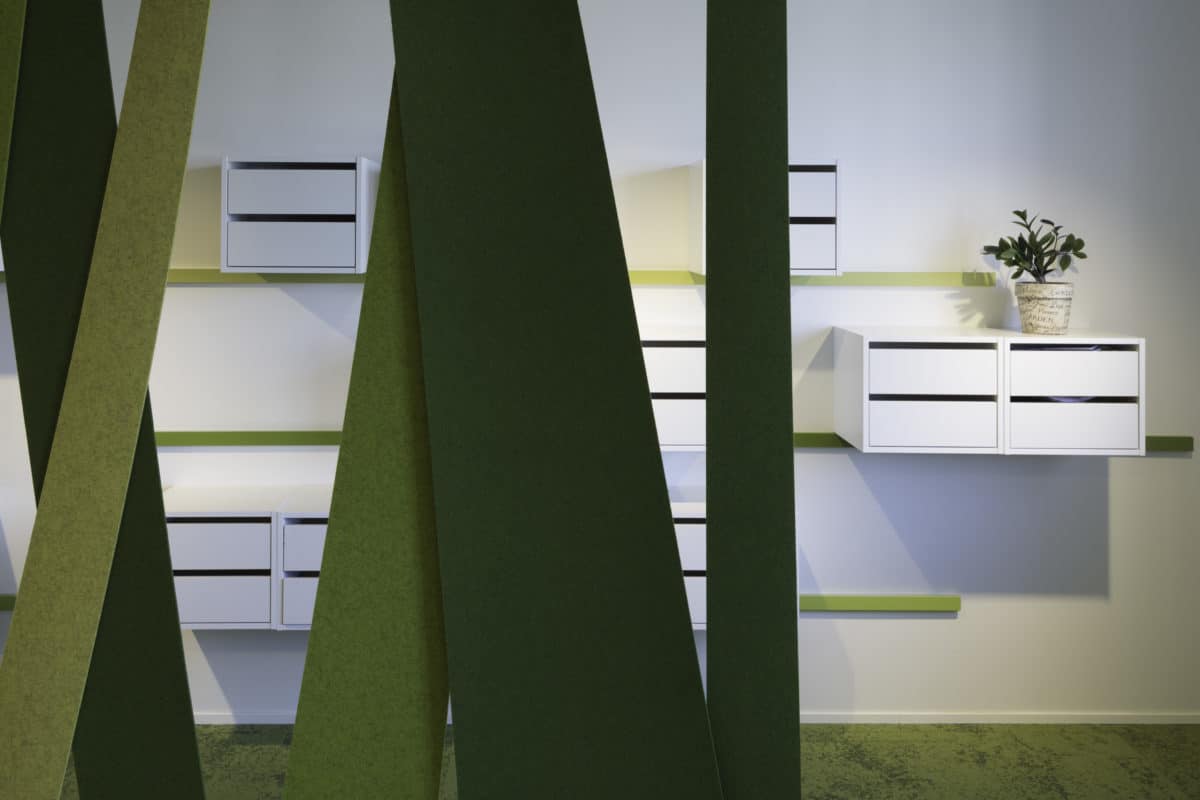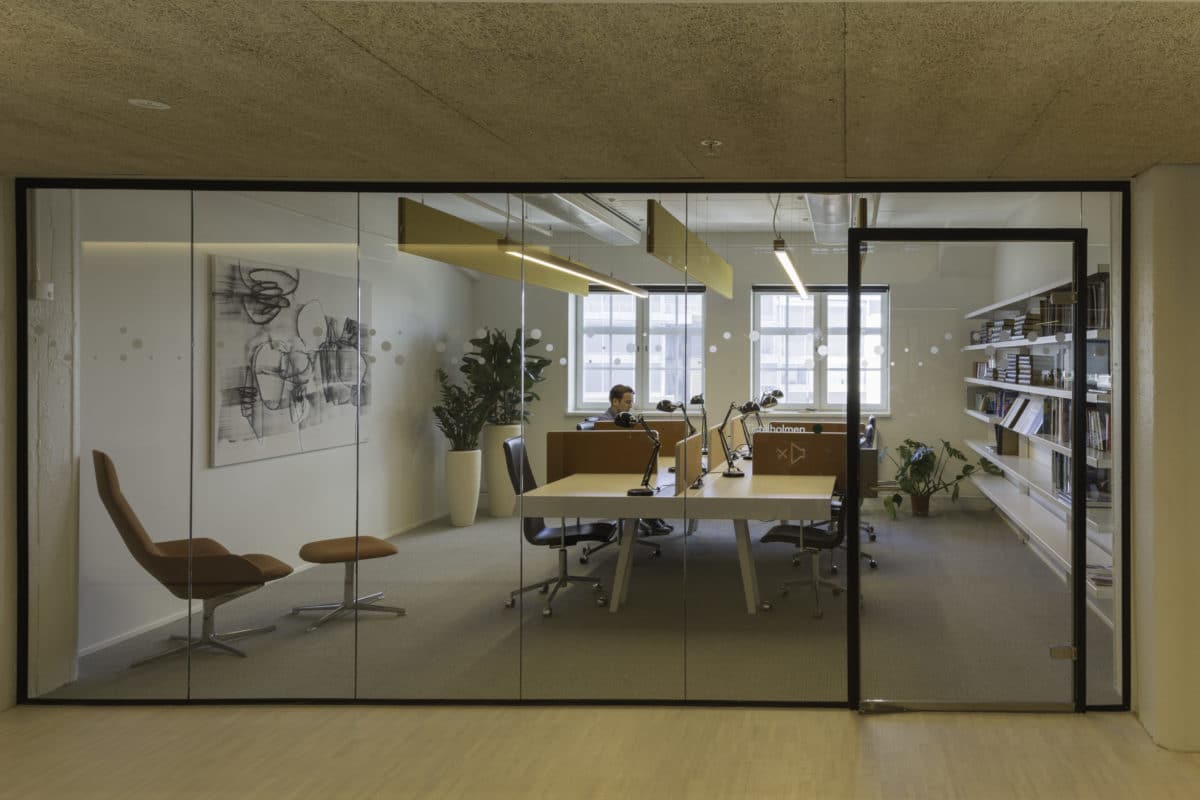Story at a glance:
- Architecture firm Snøhetta is working to develop design strategies that answer challenges like climate change, urbanization, and mass migration.
- The global firm designed the National September 11 Memorial Museum & Pavilion at the World Trade Center and the Oslo Opera House, among others.
- Design leaders are the firm say low-tech solutions are more sustainable than high-tech solutions in architecture and design.
Sustainable cities and communities. Decent work and economic growth. Industry, innovation, and infrastructure. These are among the 17 goals established by the United Nations for sustainable development—aspirations that also ask us to face challenges head on to maintain cities and create jobs without straining land and resources. They are goals international architecture firm Snøhetta doesn’t take lightly.
A big part of Snøhetta’s mission is recognizing and investigating the consequences of global phenomena like climate change, urbanization, and mass migration, according to Senior Architect Marianne Sætre.
“How these challenges interrelate will strongly influence our practice in the years to come,” she says. “On all levels, from urbanization, transportation, and land use through recycling and reuse of all building materials, strategies need to be redefined to meet the challenges societies around the world are facing.”
Strategies need to be redefined to meet the challenges societies around the world are facing.
You’re probably familiar with much of the work of Snøhetta—major architecture, landscape architecture, interior design, and brand design company—from the National September 11 Memorial Museum & Pavilion at the World Trade Center site to the Oslo Opera House to even Europe’s forthcoming “first underwater restaurant.”
We recently talked with Sætre about public spaces (they’re moving inside buildings), reducing office space (less big, empty space is more sustainable), and designing for the future.

Tailored solutions are increasingly important for clients. Photo courtesy of Snøhetta
gb&d: How does Snøhetta design for the future, especially as many of us live in more high-density places?
Sætre: Designing buildings with integrated green areas, like green terraces and roof gardens.
One example is our recent project for Les Lumières Pleyel [a massive mixed-use development project in France comprised of more than 50 projects—including offices spaces, residential buildings, student housing, and recreational space. The team is working to ensure the buildings are flexibly designed so they can be adapted for residential or commercial].
Another example is our proposal for Hørsholm [near Copenhagen. Formerly an abandoned hospital, the site is being transformed into hundreds of apartments covered in solar panels and green roofs].
gb&d: From an architect’s perspective, what makes a smart city?
Sætre: Smart cities are made for people, with a large variety of meeting places with high value and great qualities. A smart city is attractive to different types of businesses and made for people on the move, with efficient systems of mobility. Different modes of transportation must be interconnected with priority to the pedestrian flow. The walking experience, the biking opportunities in combination with access to public transportation as well as electrical vehicles is critical for a city to be smart.

Photo courtesy of Snøhetta
gb&d: I was intrigued by the discussion you led during Oslo Innovation Week about rethinking space. Can you share more about the Bisnode redesign you completed last year? How did Snøhetta transform a 1920s building into a workplace that incorporated different work styles?
Sætre: Every client has specific needs that require specific solutions. For the Bisnode project we established a felt wall surrounding the work space imitating a sort of “walk in the forest,” where employees could [pace and] speak loudly on the phone. The acoustic qualities of the felt absorbs some of the noise and creates a mental barrier between the workspace and the open landscape. We also recycled some of the drawers to create some playfulness to the area. As you will see in the photo, the drawers are used as personal shelves for employees. Of course, this solution is tailored for one particular client, but it’s an example of the importance of innovation by tailored solutions.
gb&d: What is one valuable lesson you’ve learned recently with regard to designing more sustainably?
Sætre: Low-tech solutions are more sustainable than high-tech … Low tech is more flexible, and there is less technical equipment to change if the user changes.

Gullhaug Torg is a 16-floor multifunctional building from Avantor and Snøhetta that will have clean natural ventilation and no need for purchased energy for ventilation, heating, or cooling. Illustration courtesy of Snøhetta/MIR
gb&d: How has workplace design changed over the years?
Sætre: In the ’80s workspaces were adapted to the data revolution. In the ’90s, innovation and technology were important drivers for how these spaces were designed. In the 2000s, collaboration and coworking became buzzwords for the ideal office space. Finally, today, we see that tailor-made solutions are becoming an important driver for innovative workspaces.
gb&d: You also talked about smaller workplaces, asking, “How many square meters do you really need?” What other questions should we consider?
Sætre: Another question would be “How do you operate in your daily work?” And “Is the space optimized for the activity?” We need to ask these questions to invent new solutions that work and fulfill the client’s needs.




